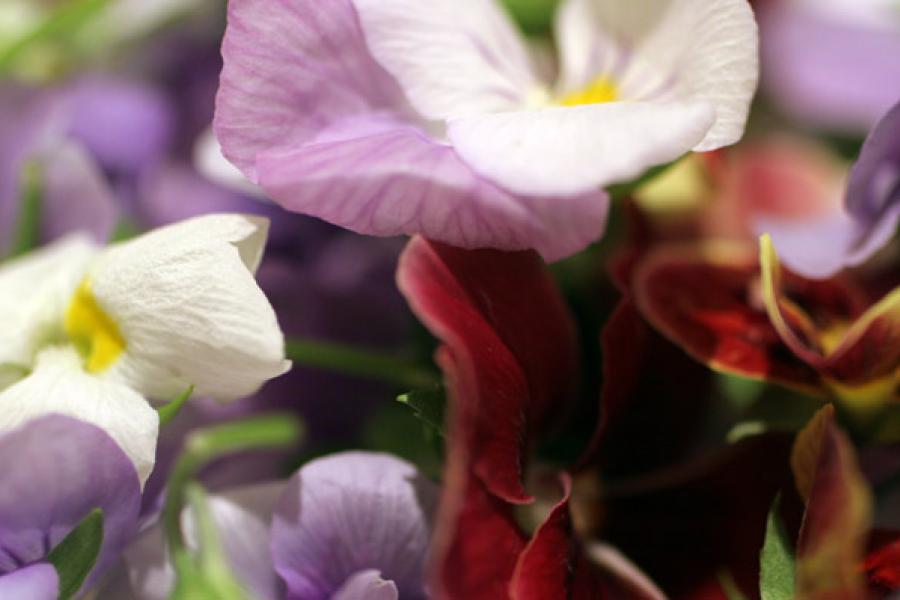Edible flower salad
Leaves, seeds and stems are usually parts of a vegetable good to eat. Some times, flowers are also edible.
Ingredients
Instructions
Rub the inside of a large salad bowl with the halved garlic, discard garlic. Pour 1/4 cup extra virgin olive oil into the bowl.
Wash and tear leaves - don't tear the flowers, keep them whole- into bite size pieces. Pile them on top of the olive oil, season with salt and pepper. Do not toss; instead, cover and place in fridge until ready to serve.
When you are brave enough to bring this dish out, toss the leaves in the oil at the bottom of the bowl, sprinkle with the lemon juice and toss again. Serve immediately. For some crunch, top with sunflower seeds.
Notes
Since little interest has been shown in eating flowers, there is few bona fide data available. Flowers are rich in nectar and pollen; studies have shown pollen to be nutritious, with many vitamins and minerals.
Source
Food in the World
Nutritional value of flowers
Roses, especially rosehips, are very high in vitamin C.
Dandelion blossoms are high in vitamins A and C, and the leaves have lots of iron, calcium, phosphorous, and vitamin A and C.
Marigolds and Nasturtium have vitamin C.
Flowers are 95% water, so it is unlikely that they contain any significant amounts of nutrition, and no calories.

